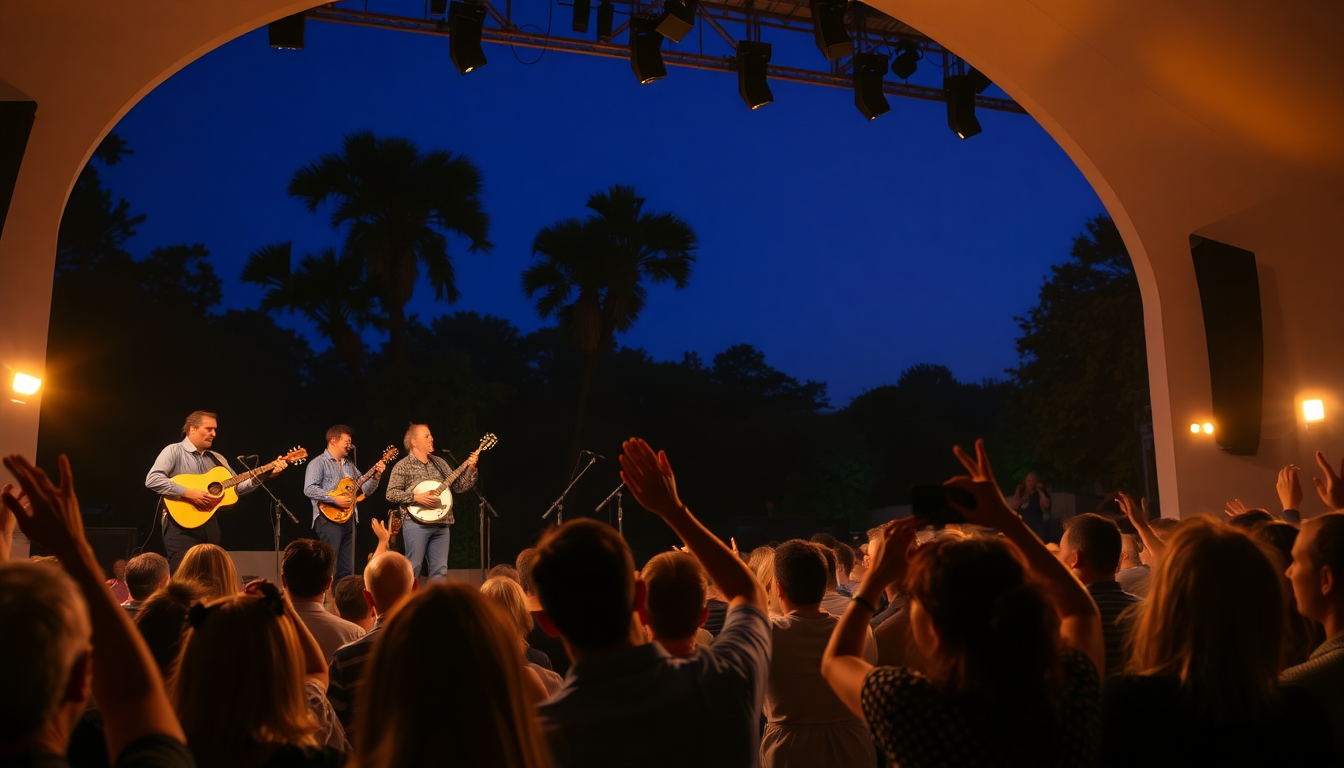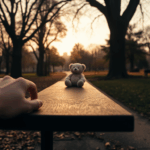Table of Contents
On a vibrant evening at the Hollywood Bowl, Rhiannon Giddens captivated the audience with a celebration of roots music that masterfully blended humor and heartfelt performances. Hosted by Ed Helms and featuring the legendary Steve Martin, this night was more than just a concert—it was a deep dive into the cultural significance of the banjo and its intricate legacy in America.
As the crowd settled in, the atmosphere was electric with anticipation and laughter, setting the stage for an unforgettable experience.
The Cultural Significance of the Banjo
The evening kicked off with a clever nod to the banjo’s history, highlighted by a T-shirt at the merch booth that read: “The Banjo: woke since the 1600s.” This playful jab resonated with those familiar with Giddens’ mission to reclaim the banjo as a Black instrument, a journey filled with both joy and solemnity.
The timing was impeccable, coinciding with Juneteenth Eve, serving as a poignant reminder of the instrument’s roots in the African American experience. When Amythyst Kiah greeted the crowd with a warm “happy Juneteenth Eve,” it became clear that this night was about much more than music; it was a powerful acknowledgment of history.
Throughout the night, the banjo emerged as a symbol of resilience, bridging cultural divides and highlighting its role in both Black pride and white embarrassment. Giddens and her guests, including Martin and Helms, shared jokes about the banjo’s less-than-stellar reputation in the past, but the laughter had an ironic twist.
Over the years, the perception of the instrument has transformed, evolving into a celebrated emblem of coolness, especially among music enthusiasts.
Our Native Daughters: A Reunion of Voices
The highlight of the evening was undoubtedly the reunion set by Our Native Daughters, the supergroup formed by Giddens, Allison Russell, Amythyst Kiah, and Leyla McCalla.
Their performance was a poignant exploration of their shared history and the legacy of slavery, encapsulated in powerful songs like “We’ll Be Dancing.” The lyrics, “You put the shackles on our feet, but we’re dancing,” resonated with the spirit of perseverance and joy in the face of adversity.
Each member brought her own unique sound and style, weaving a rich tapestry of music that deeply resonated with the audience.
After their set, Giddens took the stage with her Old Time Band, showcasing her incredible talent as both a fiddler and a banjoist. The energy in the Bowl was palpable as she delivered her signature song “At the Purchaser’s Option,” a haunting reflection on the history of slavery. The emotional depth of her performance left the audience in awe, reminding everyone of the profound role storytelling plays in music.
Comedic Interludes and Musical Highlights
As the evening unfolded, the comedic interludes provided light-hearted moments that beautifully contrasted with the more serious themes of the music. Steve Martin’s banter about the banjo’s reputation had the crowd in stitches as he jokingly explained the differences between the banjo and guitar. His comedic timing and musical talent shone through, making it clear why he is such a beloved figure in the bluegrass community. His playful exchanges with Alison Brown added a delightful layer to the evening, blending music and humor seamlessly.
In a particularly memorable moment, Giddens performed a reimagined version of Paul Simon’s “American Tune,” which resonated with contemporary themes of identity and belonging. The subtle changes in the lyrics offered a fresh perspective, reminding the audience of the ongoing struggles faced by marginalized communities. As the night drew to a close, the ensemble gathered on stage for a final performance of “New River Train,” a fitting conclusion to a night filled with emotion, laughter, and community.
Giddens’ concert at the Hollywood Bowl was a celebration of roots music that transcended mere entertainment. It served as a powerful reminder of the profound connections between history, culture, and the human experience. As the audience left the Bowl, they carried with them a sense of hope and unity, inspired by the music and stories shared that night. Isn’t it amazing how music can weave us together, bridging gaps and celebrating our shared history?





